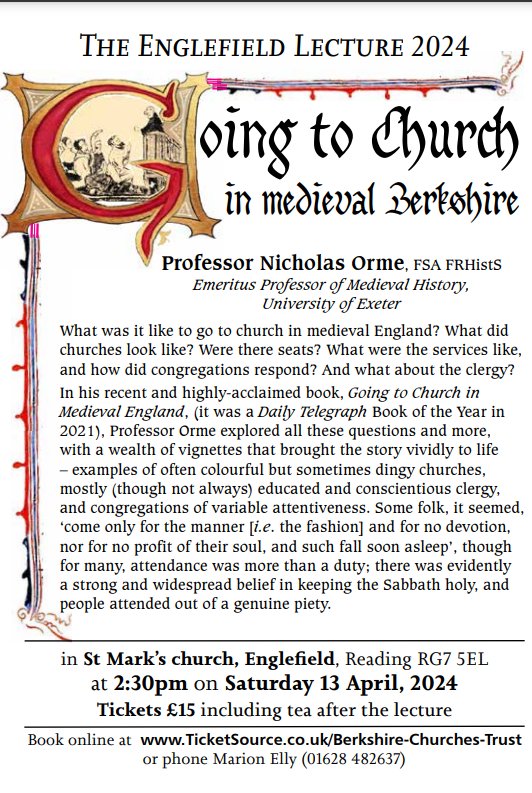In honour of St Michael & All Angels church in Ledbury hosting our very first Music in Quiet Places event in collaboration with Hereford Cathedral School’s music outreach programme, we’re celebrating all things Ledbury this month.
We asked Mayor of Ledbury, Annette Crowe, what the town means to her:
“Ledbury is my adopted home; my family moved here over 20 years ago and my children and grandchildren have grown up here. Ledbury is a place that burrows deep into your heart. The people are warm and friendly, the town is vibrant and the High Street is rare, as 98% of the shops are independents, mostly run by Ledbury people. I am so proud that I have been honoured with being elected Mayor and I look at it as an opportunity to give something back to the wonderful town that opened its arms to my family.”
Photo credit: Hereford Times
A well-known link to this beautiful market town is poet laureate, John Masefield, and of course the local school, which also has Specialist School Status for the Performing Arts, is named after him, but he is not the only wordsmith to have come out of Ledbury. Elizabeth Barrett Browning was one of the most prominent English poets of the Victorian era and, though born in County Durham, she moved to Hope End, after her father bought the 500-acre estate, and spent her childhood there. Also, William Langland, presumed author of one of the greatest examples of Middle English alliterative poetry, generally known as Piers Plowman, can also be claimed as a Ledburian.
We’ll be celebrating in particular at our inaugural Music in Quiet Places event Ledbury’s affiliation with music. It’s easy in an historic county such as Herefordshire to think only of the more ecclesiastical choral traditions, but did you know that popular musician, best known as lead singer of 90s alternative rock band The Verve, Richard Ashcroft, lives in Ledbury? No, we didn’t either.
Photo credit: Faster Louder
Speaking of ecclesiastical heritage, Ledbury People & Parish before the Reformation by Sylvia Pinches looks in detail at Ledbury’s iconic clerical buildings. Ledbury Church played an important role right back to the Anglo-Saxon C7th, probably as the seat of ‘roving bishops’, who may have been predecessors to the bishops of Hereford. According to her account, there were at least six medieval building programmes at Ledbury Church over the course of 500 years, further confused by the Victorians who attempted to restore medieval features. What do you think of Ledbury Church’s architecture? You can tell us on Twitter @HHCTchurches.
Cricket fans may know that Mary Duggan, Robin Gardner and James Crosbie Smith, all cricketers, came from Ledbury.
One final fact for you: Did you know that half a million years ago a river flowed this side of the Malverns that would have been the size of the Wye? Lost in the ice ages, the remains of the river Mathon can still be seen in Glynch Brook and the River Leadon.
Ledbury, we salute you. Or as Madam Mayor commented, “the people that make Ledbury special come from all walks of life, but what everyone has in common is being proud to belong to this wonderful town.”
Head over to our Twitter account @hhctchurches for more Ledbury heritage facts, and do come along to see BBC Songs of Praise Choir of the Year ‘Cantabile’ in action, along with other HCS and HCJS choral ensembles, on Friday 2nd October from 7pm. Admission is free, but remember there will be a retiring collection in aid of HHCT, so please dig deep! Click here for more info about the concert – see you there.


